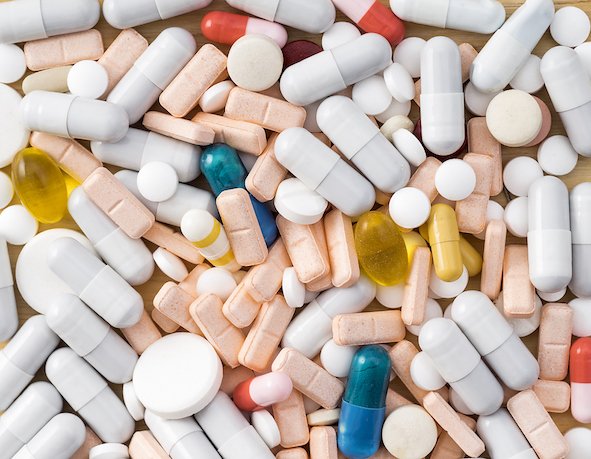651 essential drugs turn 6.73% cheaper from April 1
April 05, 2023 | Wednesday | News | By Bhagwati Prasad
NPPA price revision in about 20% essential drugs done without prior intimation: Industry insiders
image credit- getty images
Following the National Pharmaceutical Pricing Authority (NPPA) price revision of 651 essential drugs out of the over 870 scheduled drugs under the National List of Essential Medicines (NLEM), the industry is in a tizzy and has voiced concern that the price revision in 15 to 20 per cent essential drugs has been done without prior intimation or consultation.
Highlighting the fact that a draft Drug Prices Control Order (DPCO) calculation sheet is being circulated among the pharma companies for their suggestions before issuing the price revision list, the national drug pricing regulator could have been done it in a consultative manner, an industry official said citing that due to NPPA sudden price revision exercise, the price of 651 essential drugs has drastically come down by 6.73 per cent on average from April 1, 2023 onwards. The cost of these essential drugs had already come down by 16.62 per cent because of the capping of ceiling prices.
The NPPA revised the list and prices of essential medicines in November 2022 and the work of revising the applicable ceiling price of such notified drugs had been initiated by the NPPA under DPCO, 2013. The Union Health Ministry, while justifying the same, stated that even if the prices were to go up by 12.12 per cent this year, the capping would help offset the hike.
“A company can increase the price of medicines with effect from April 1, 2023, to the extent of 12.12 per cent of the valid ceiling price of 651 essential medicines linked to Wholesale Price Index (WPI). But even if the company were to increase the price in full, an average reduction of 6.73 per cent is estimated,” the Union Health Ministry tweeted responding to a tweet about Essential Medicine Price Rise.
The World Health Organisation, in its note on Essential Medicines in Southeast Asia, said that an estimated 40 per cent of health budgets in low- and middle-income countries were spent on medicines, with much of the cost borne out-of-pocket by patients.
Bhagwati Prasad









